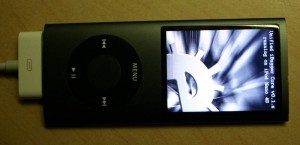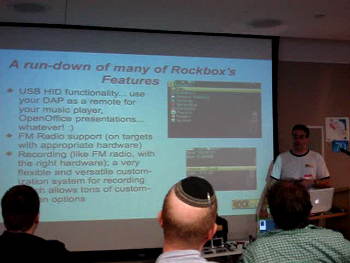Hey, it’s really about time to nominate your favourite Free Software persons and projects from the nordic region for the 2009 awards before the time runs out.
This year, I decided to nominate the following “nordic” heroes:
Simon Josefsson
For his excellent work in GnuTLS, libssh2 and a bunch of other projects.
Henrik Nordström
For his work in the Squid project, and his efforts within IETF and its HTTP related struggles and more.
Björn Stenberg
As the primary founder of the Rockbox project. He started somehting special back in 2001 that now is a huge, thriving and succesful Free Software project.
As you might spot, I favor “doers”. I don’t believe in the concept of “nordic projects” when it comes to free or open software – the entire concept of open and free should mean that projects cross borders and regions.
In fact, it feels so out of the ordinary to think about open source people in a geographical context I find it hard to come up with a lot of names. It would be cool if ohloh had some ways to list people and projects based on where people live.
Then again, if a person from a nordic country moves somewhere else, is he or she still a nordic person? Does it depend on where the person lived during the actual act? Is Linus Torvalds a nordic person since he was born, lived many years and started his big project in Finland?
(yeah I already blogged about this subject but hey, it can’t hurt can it?)






